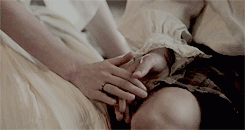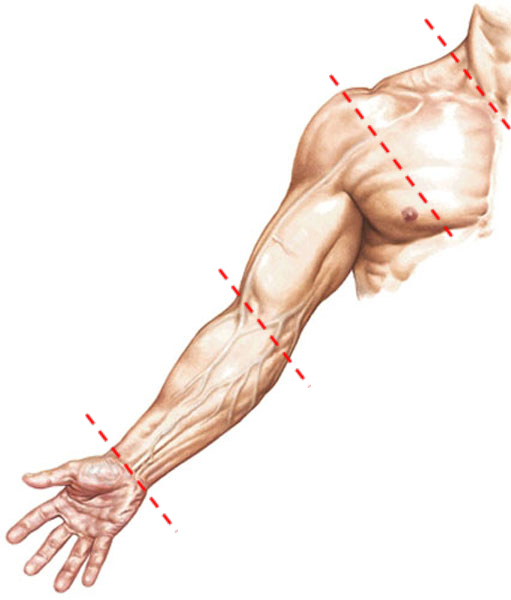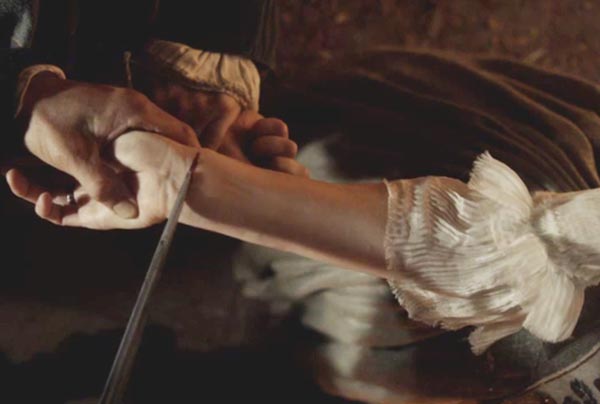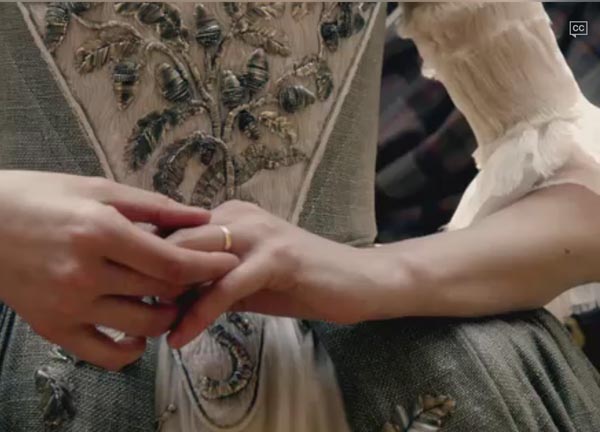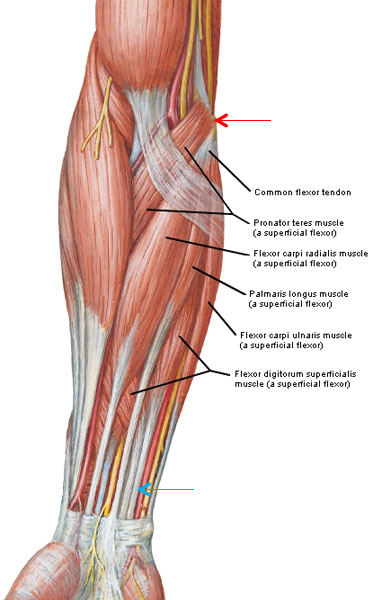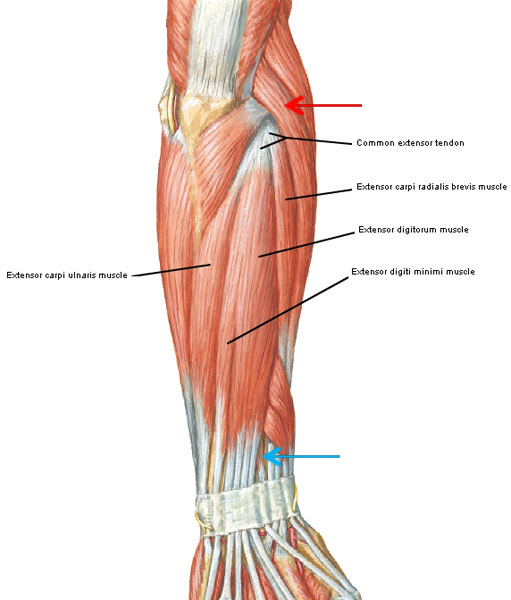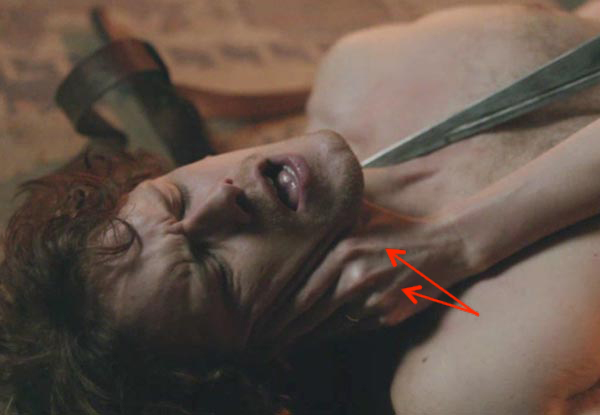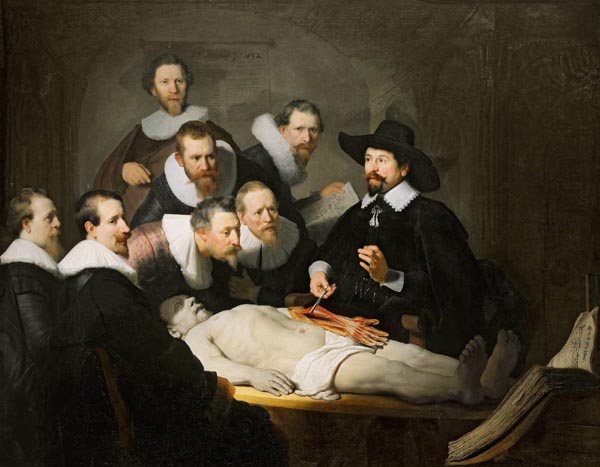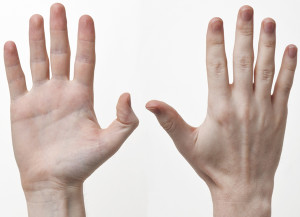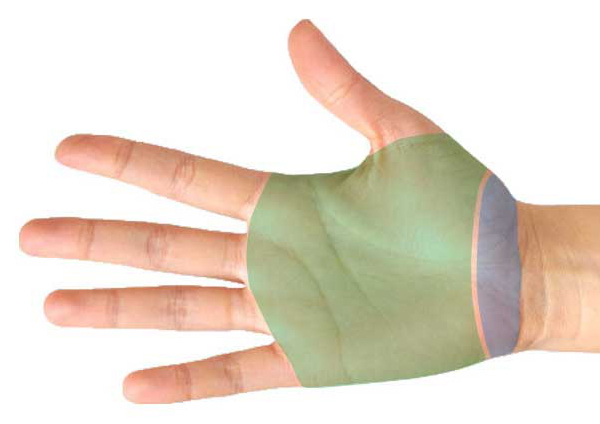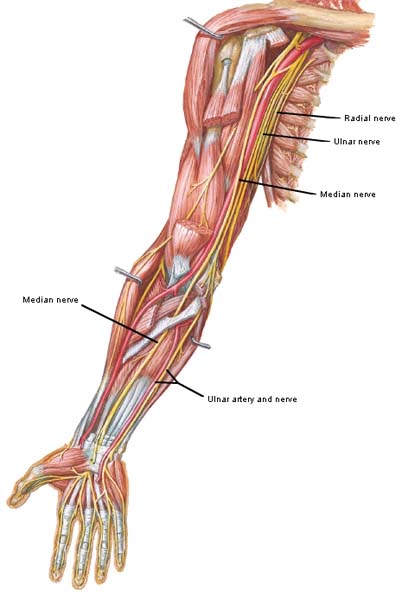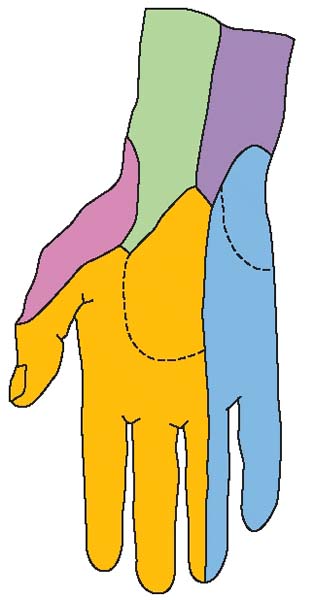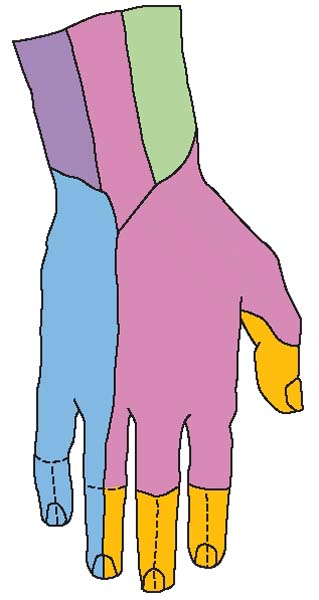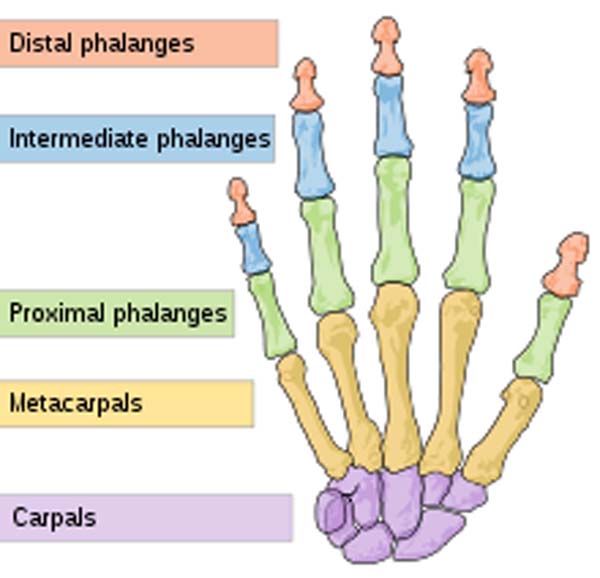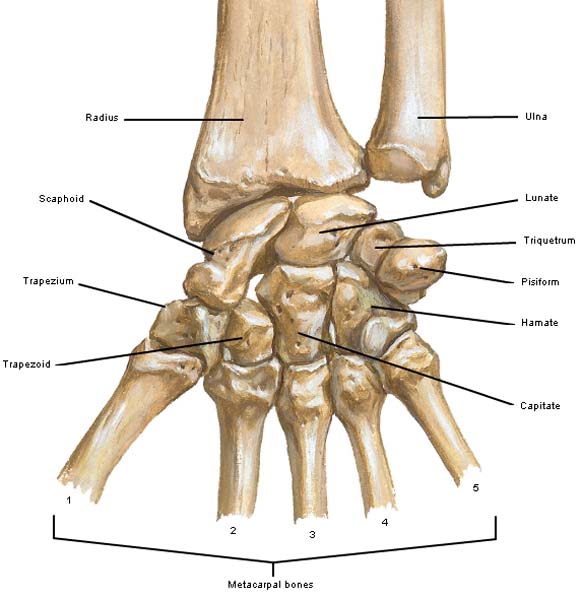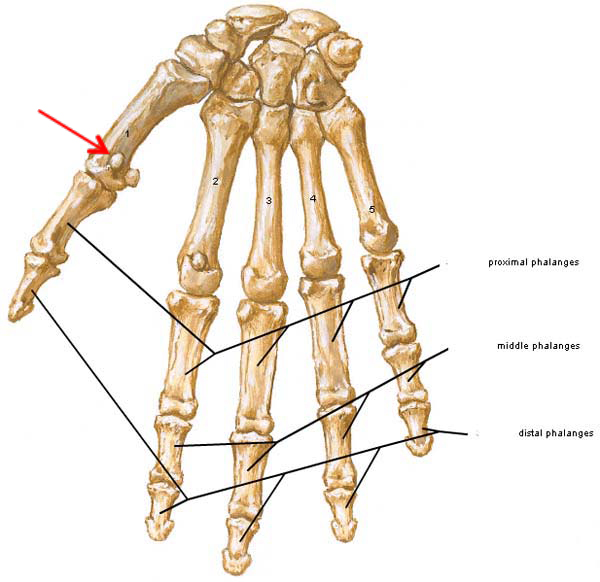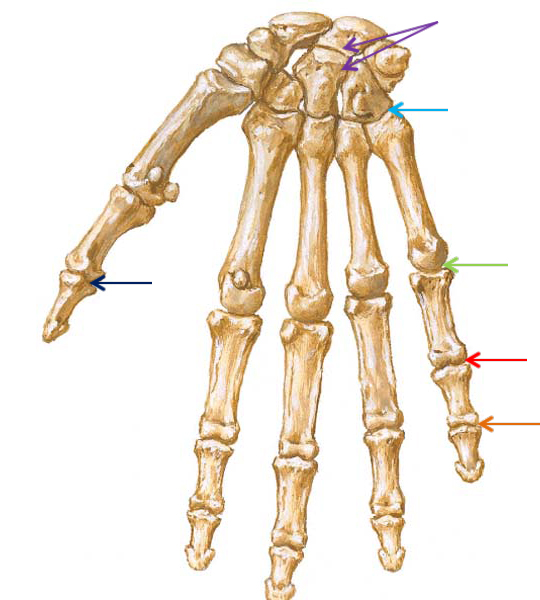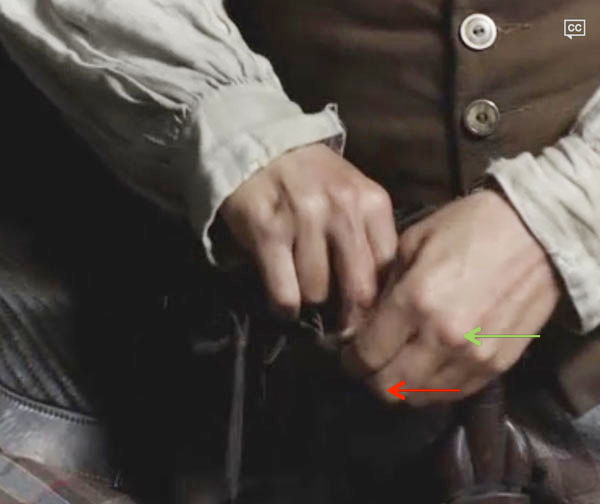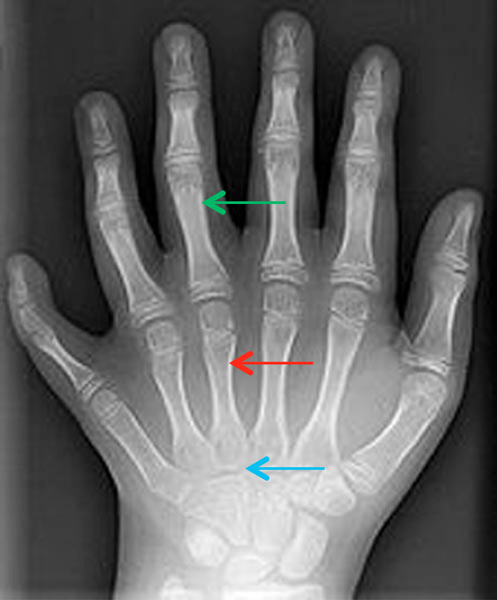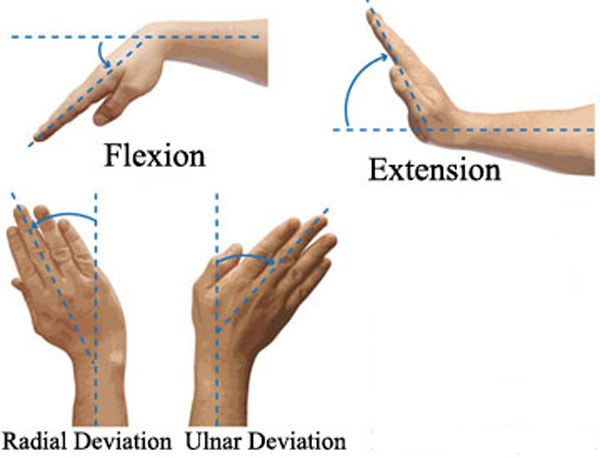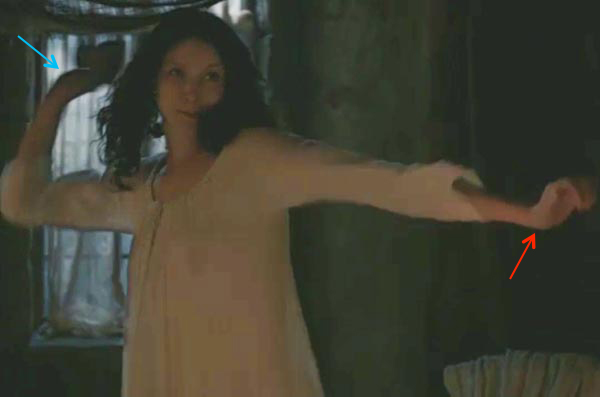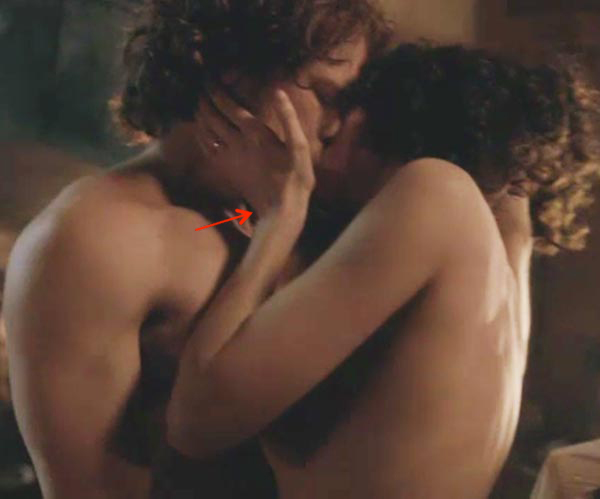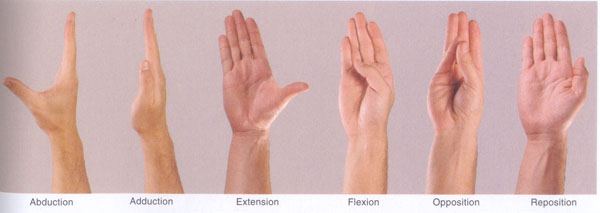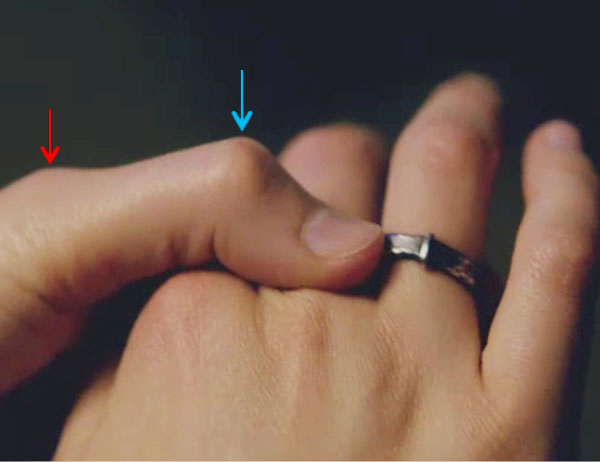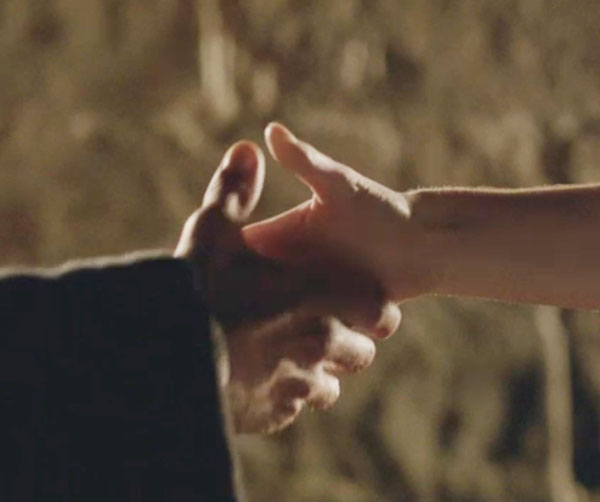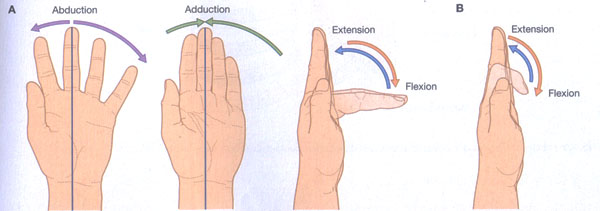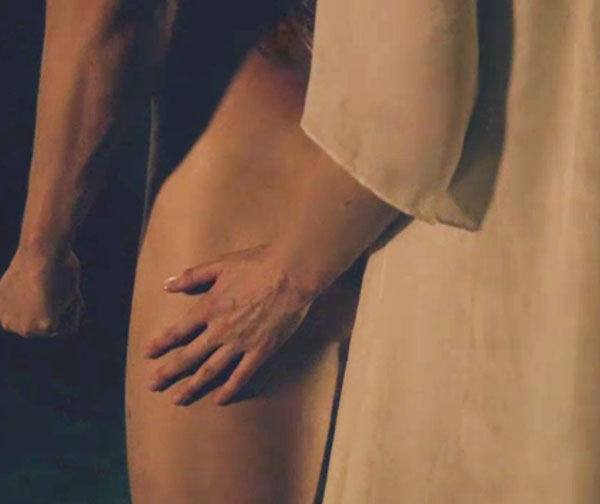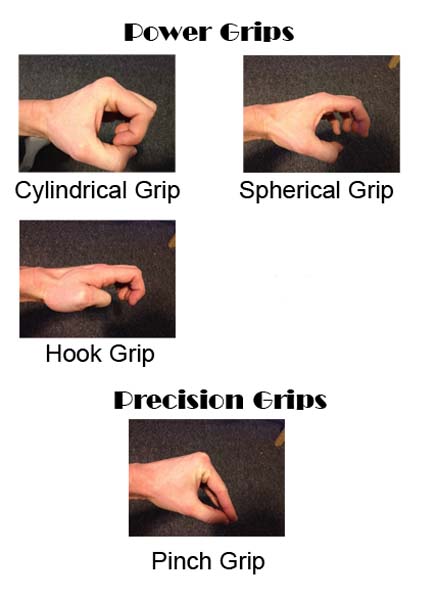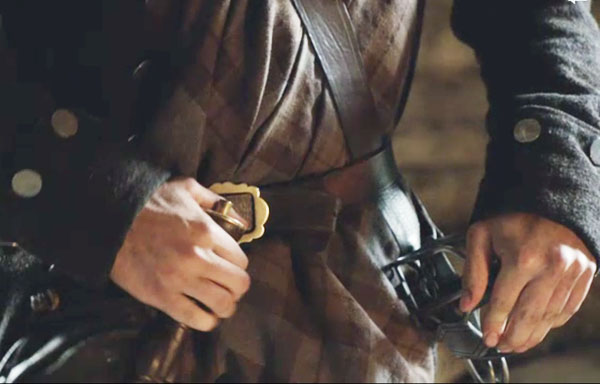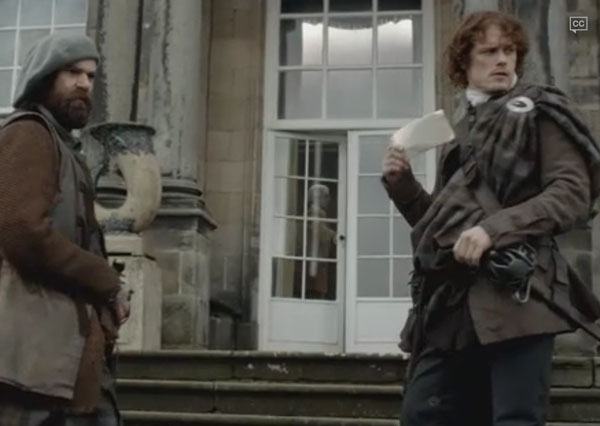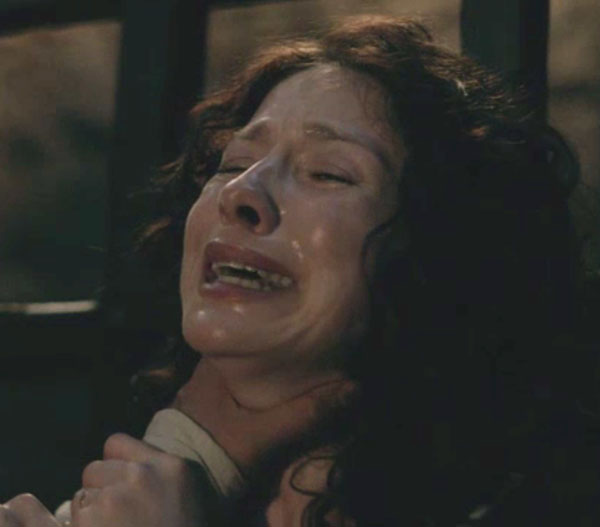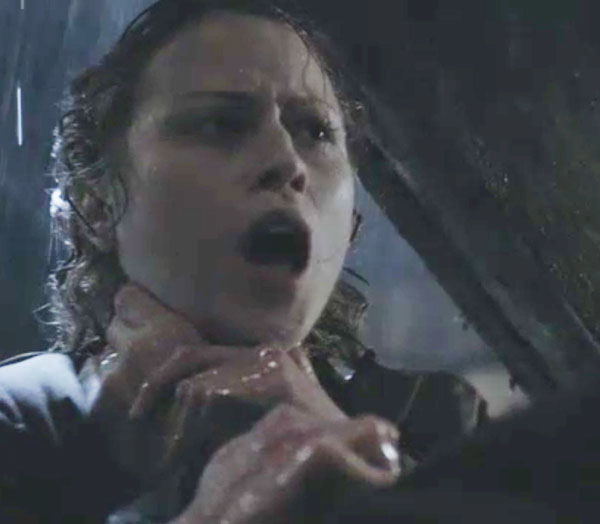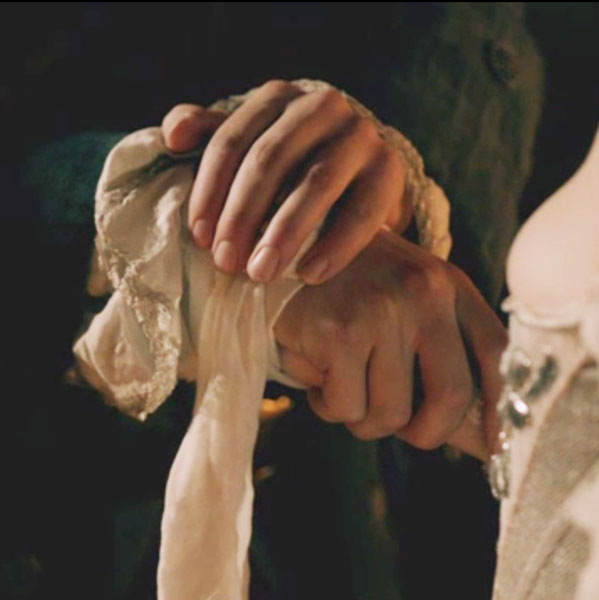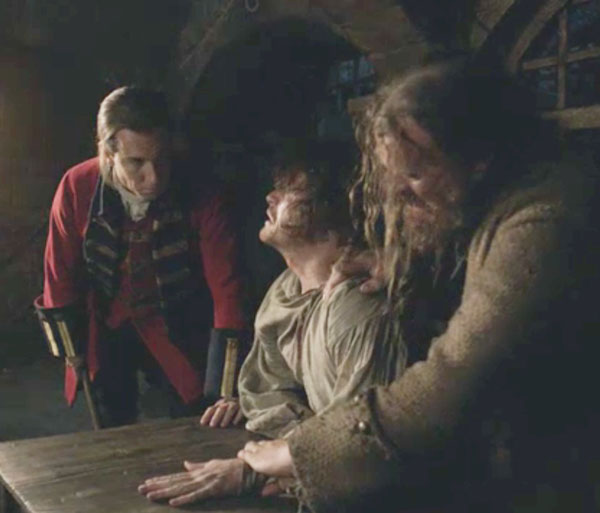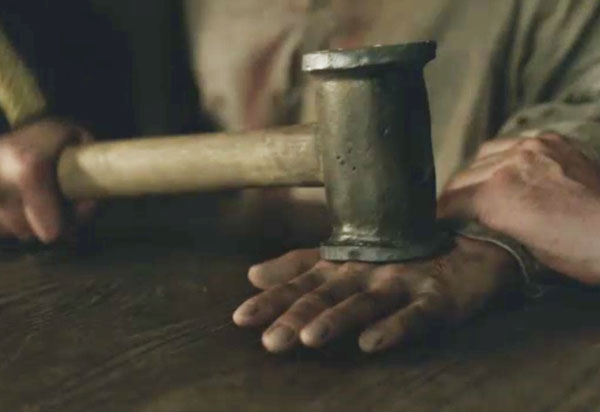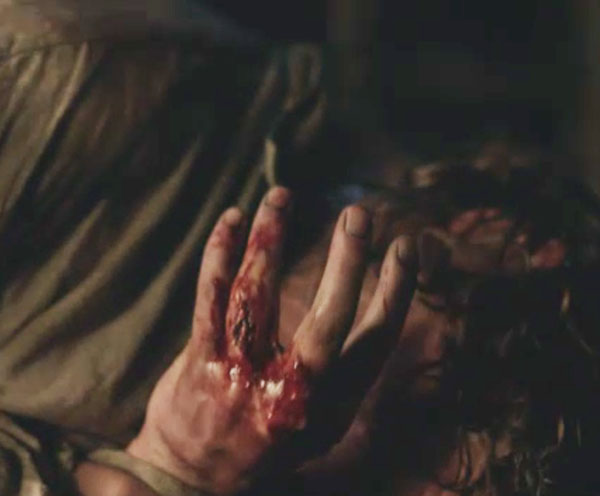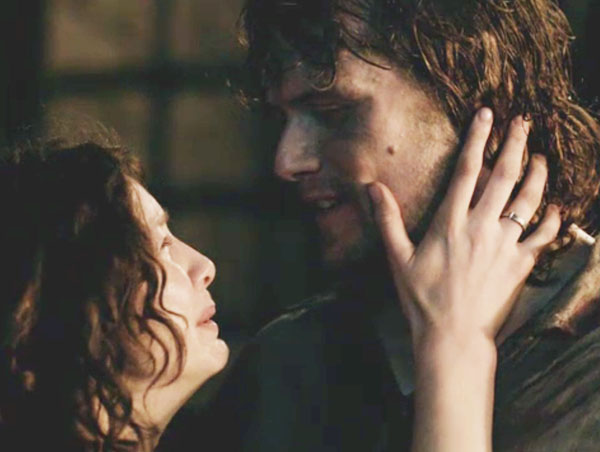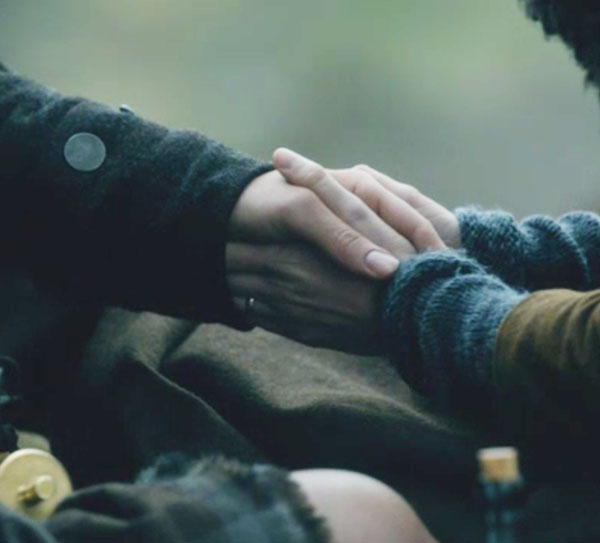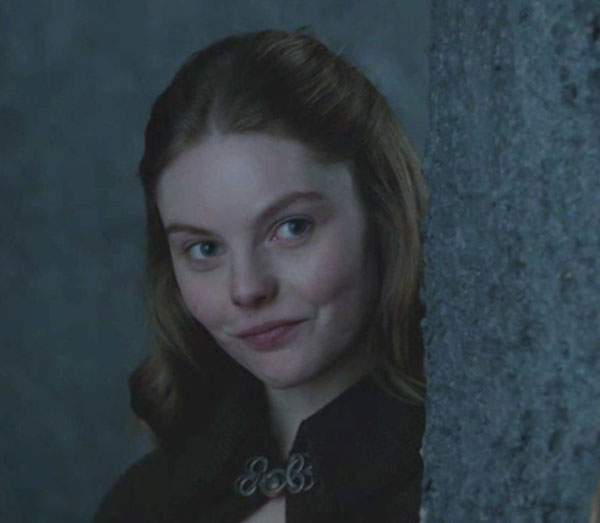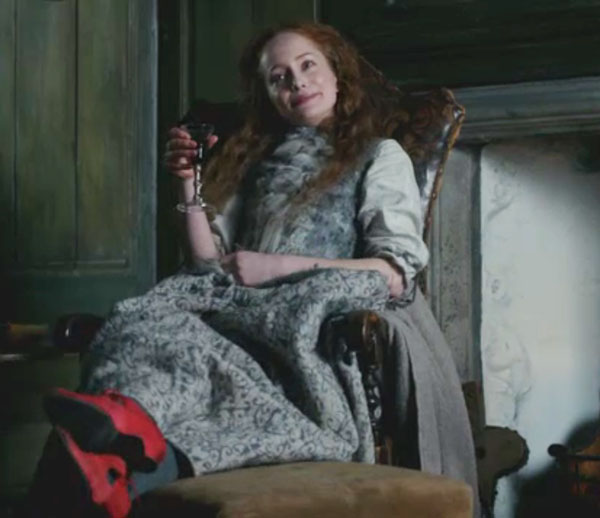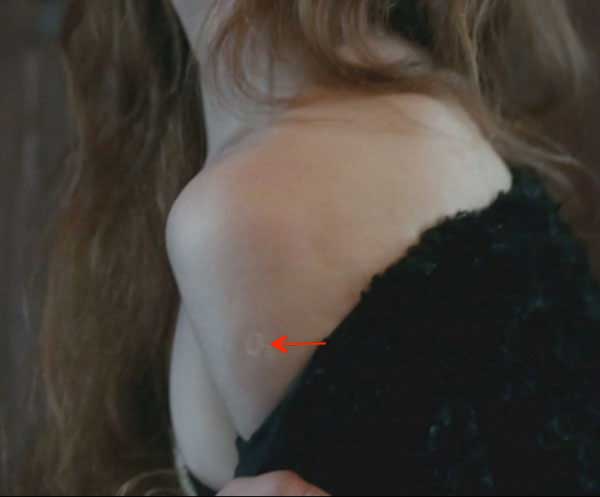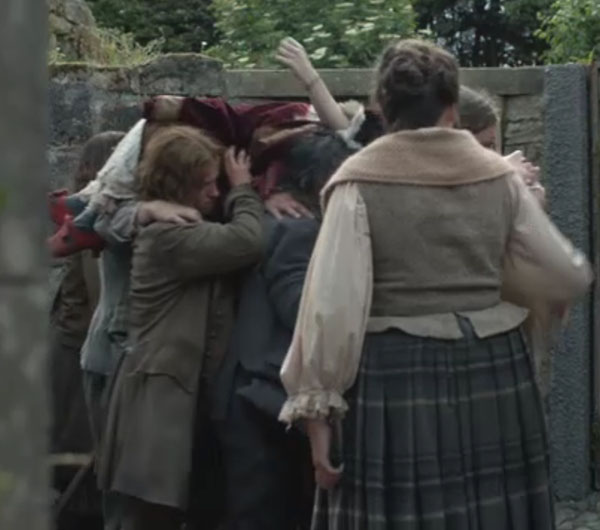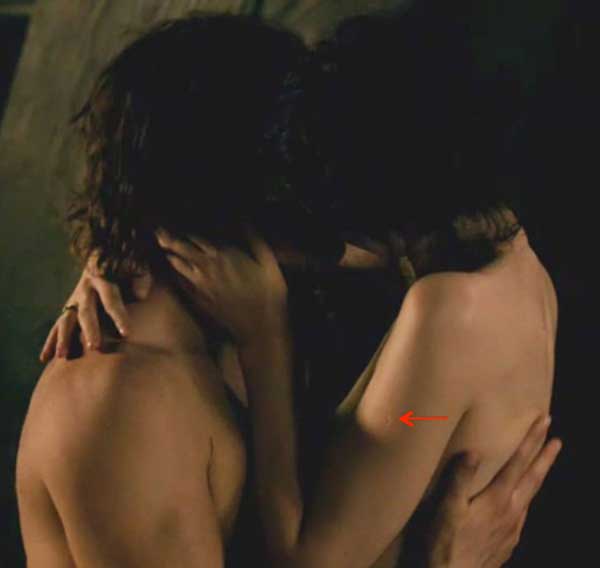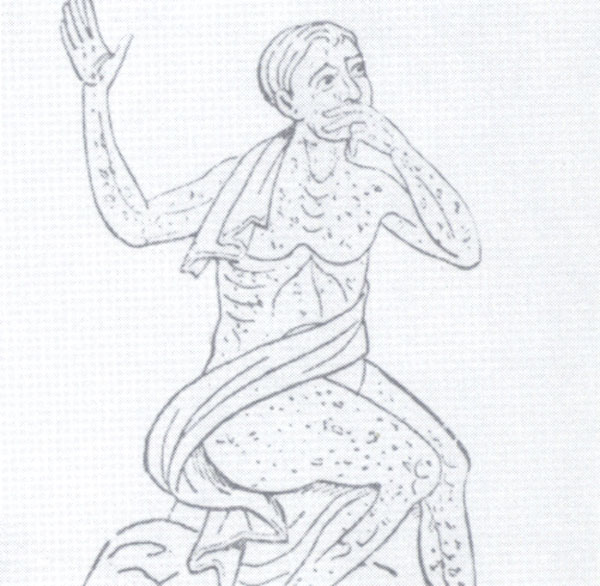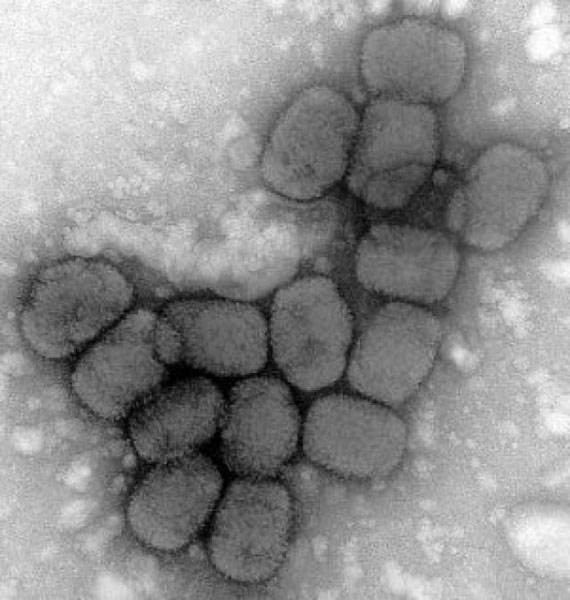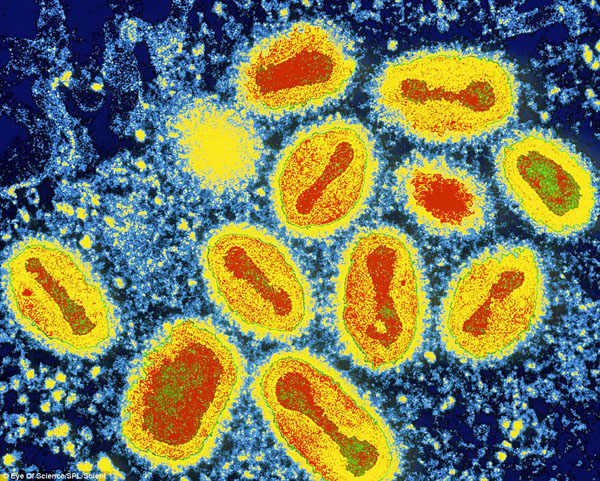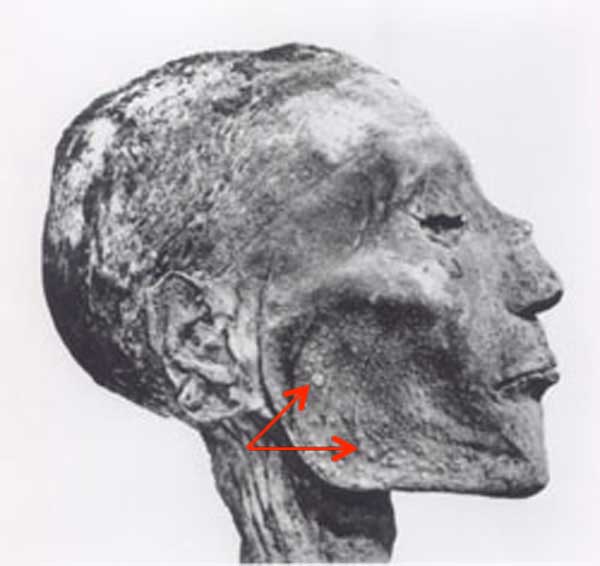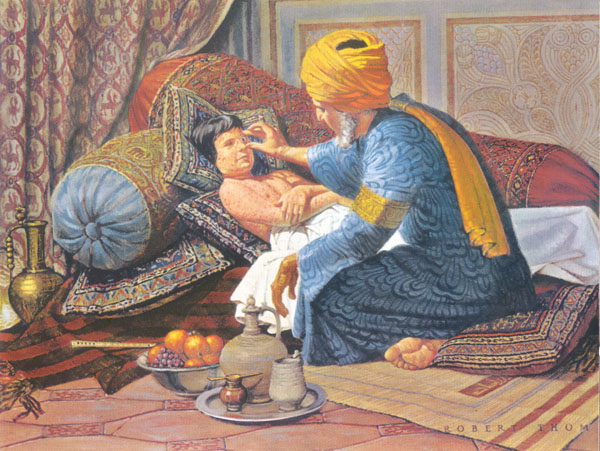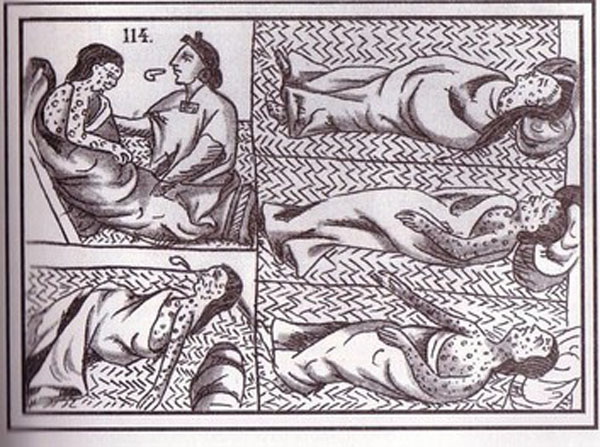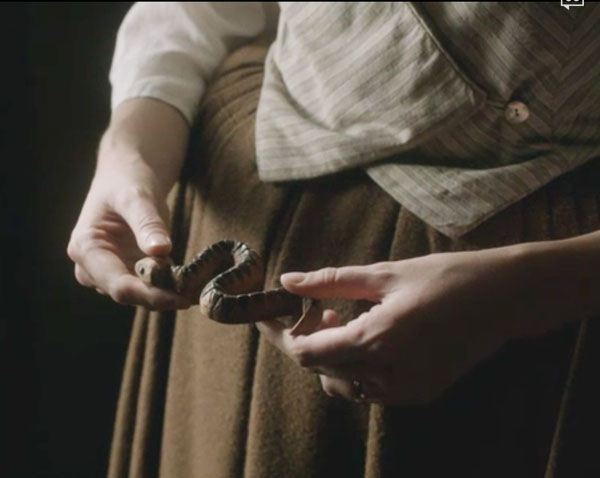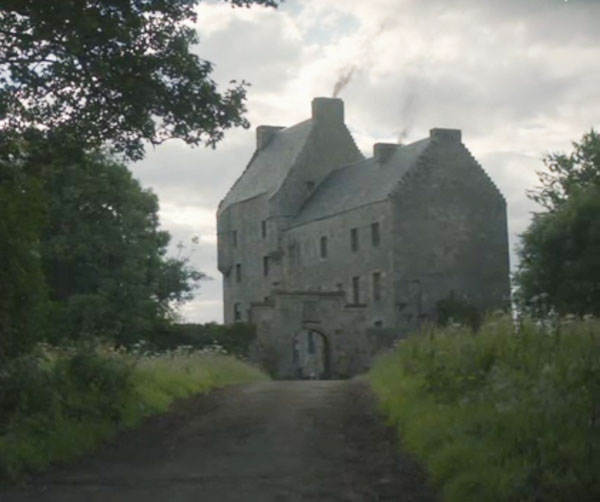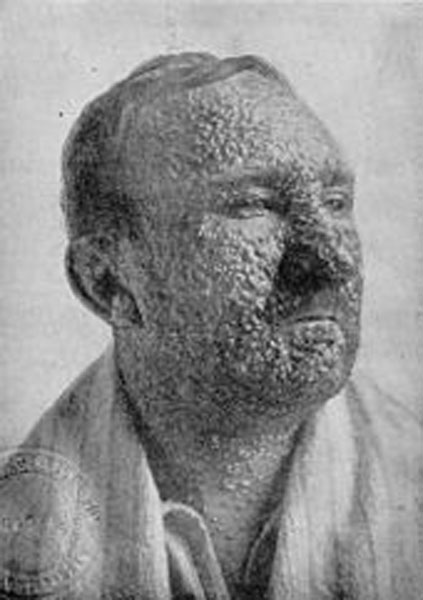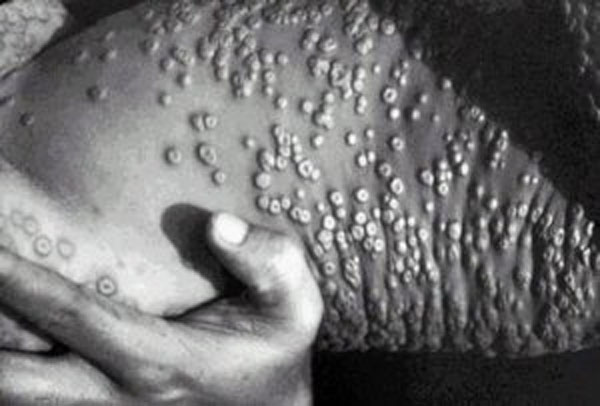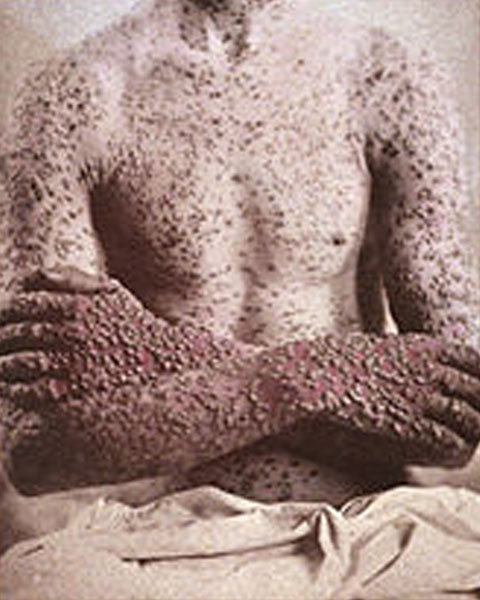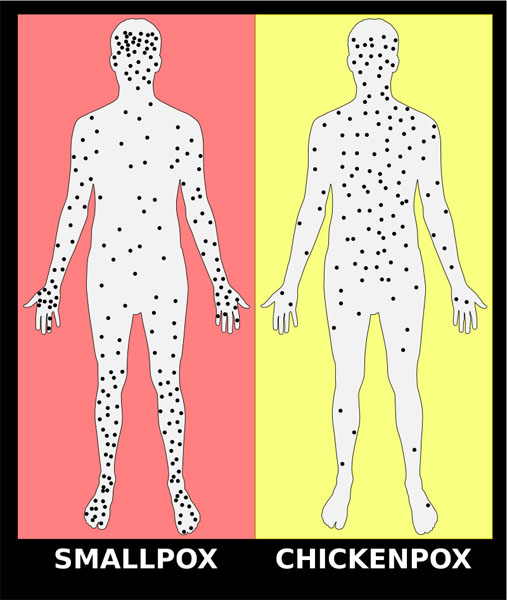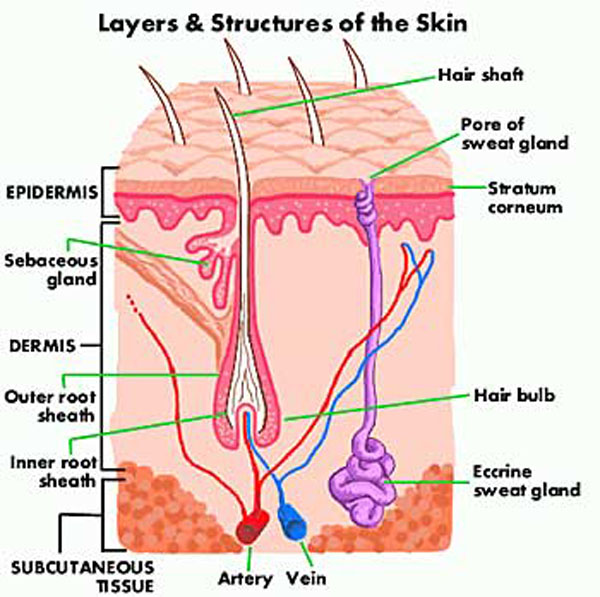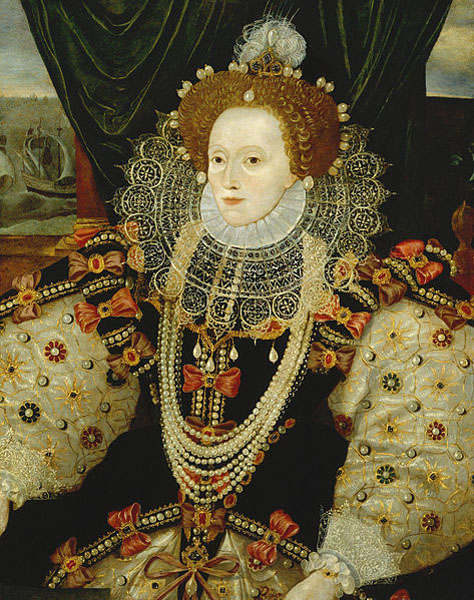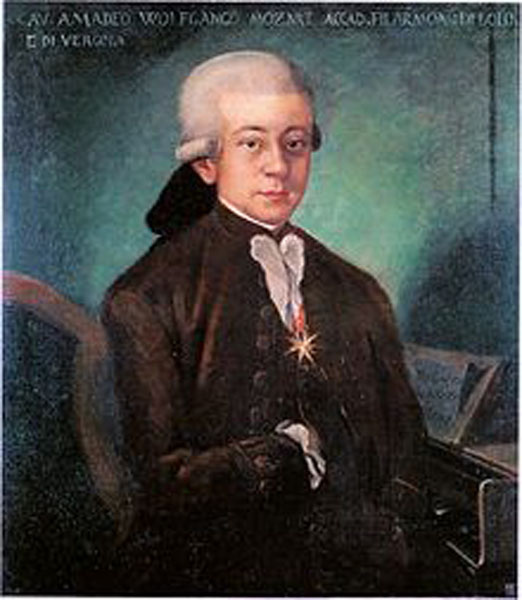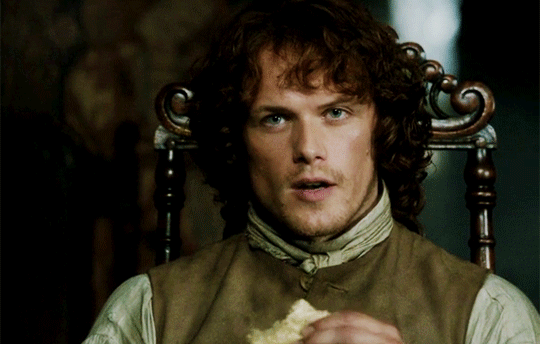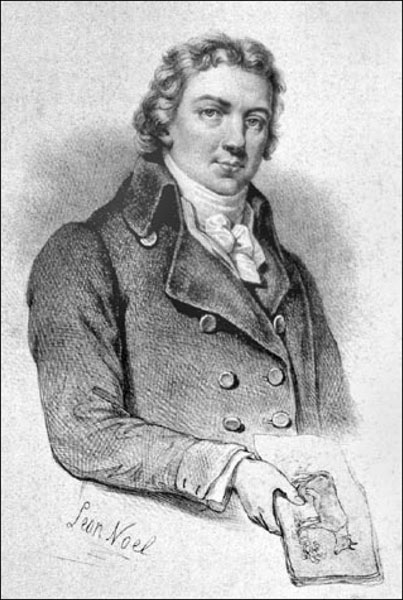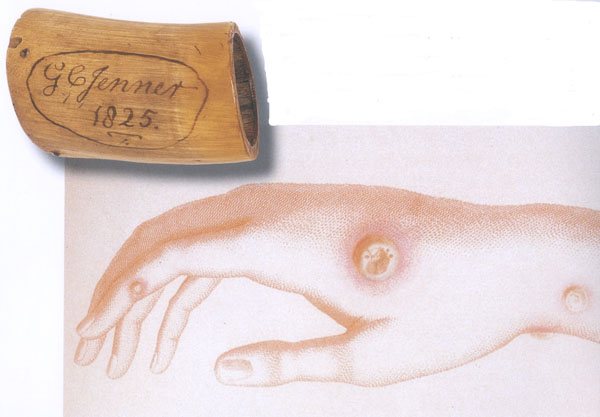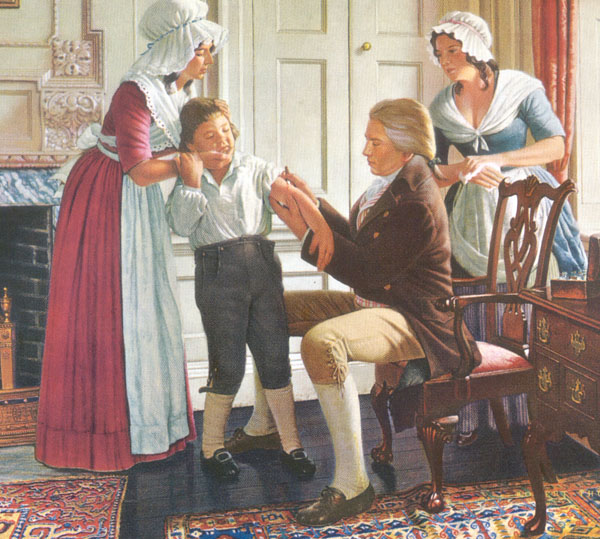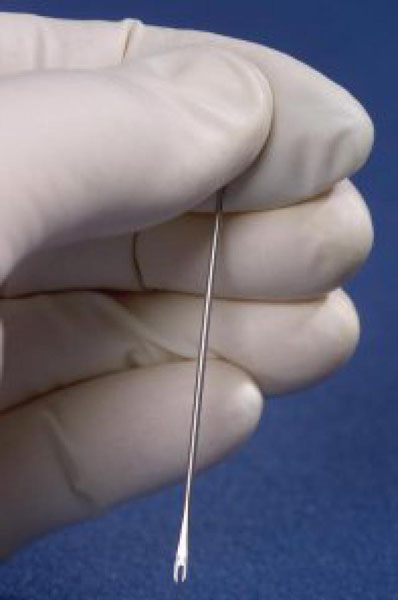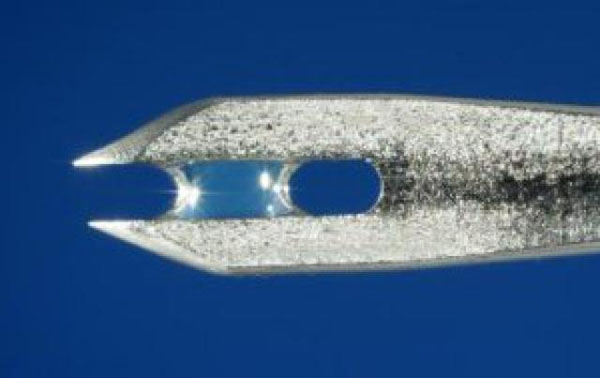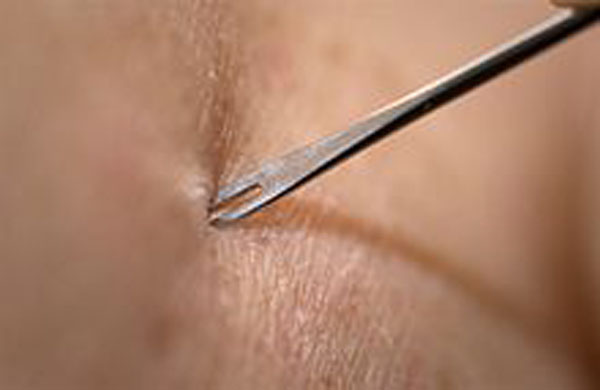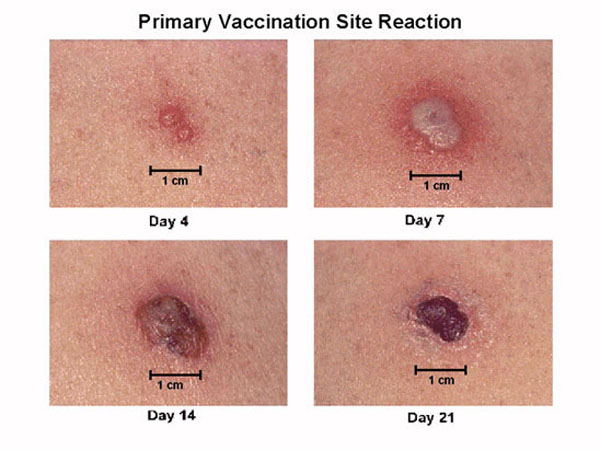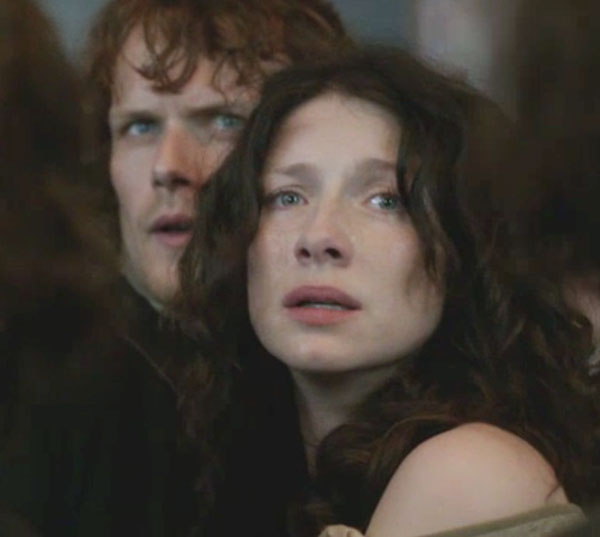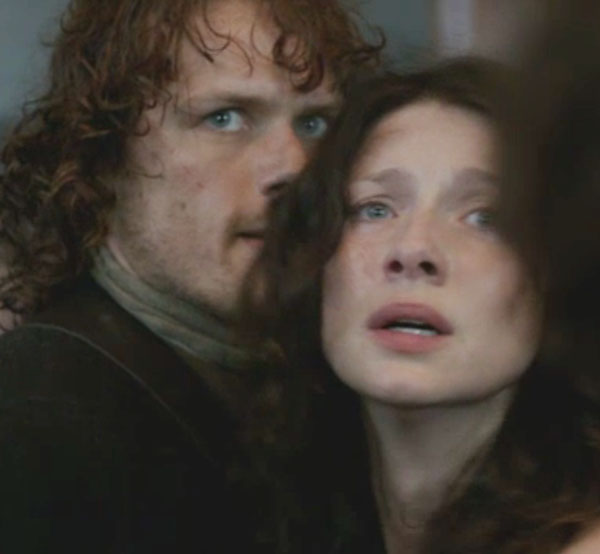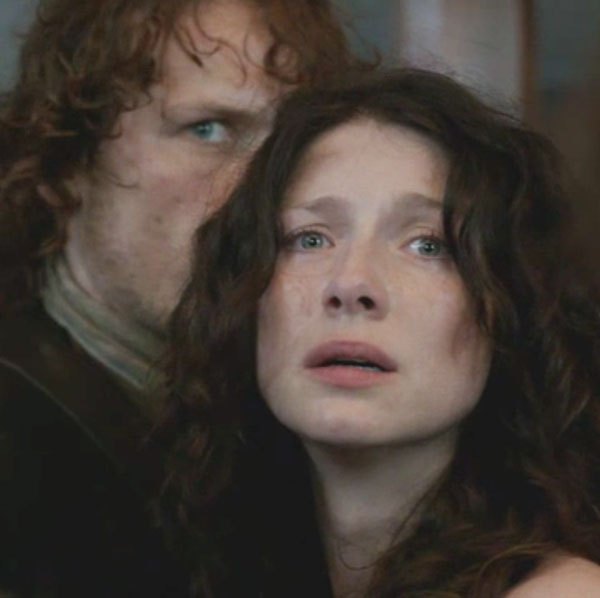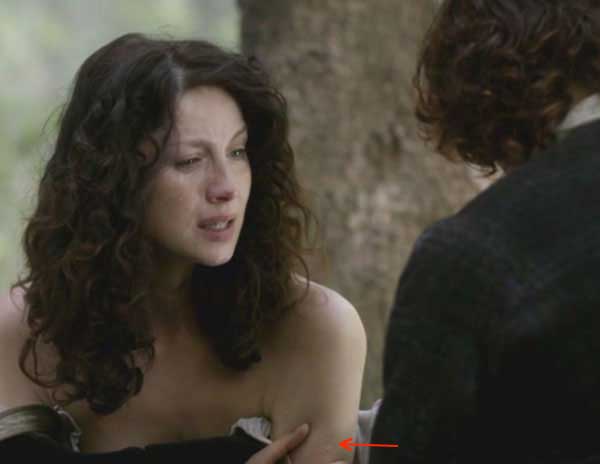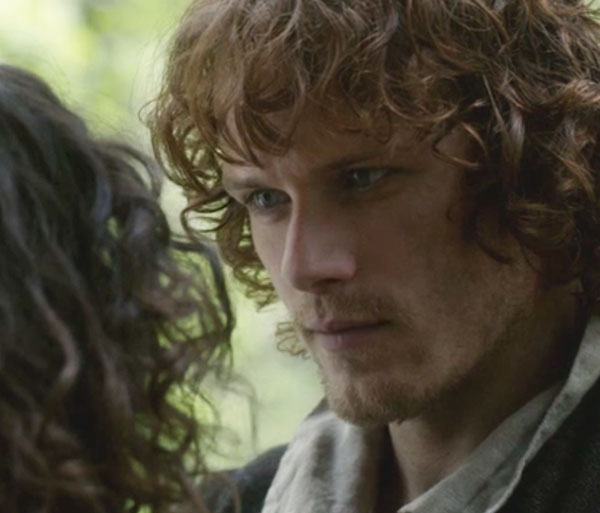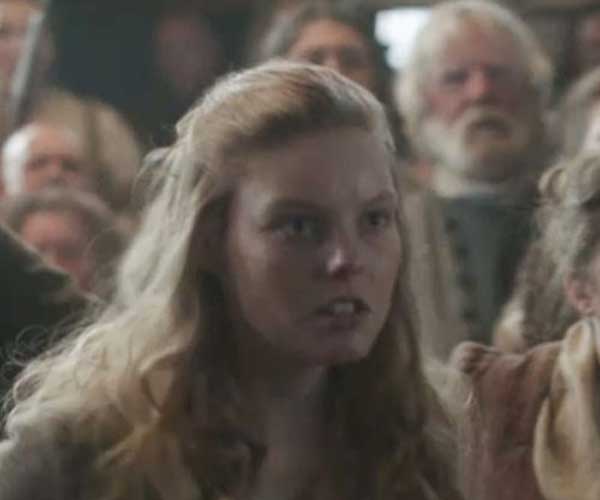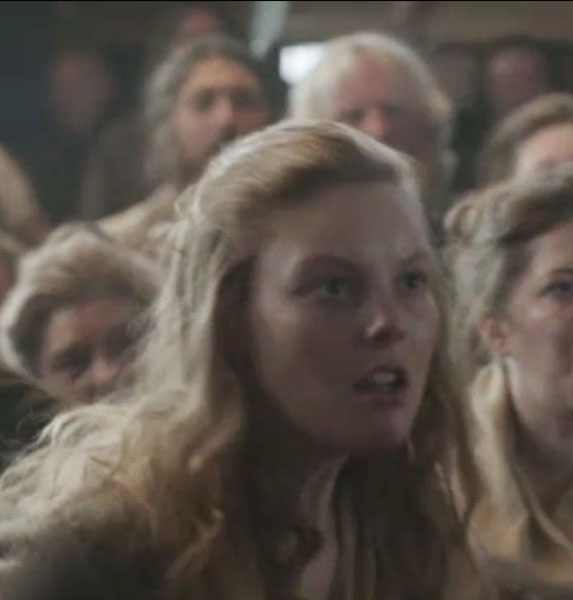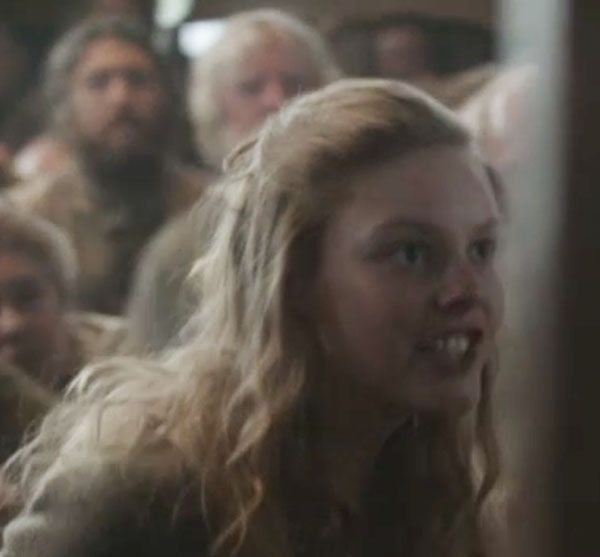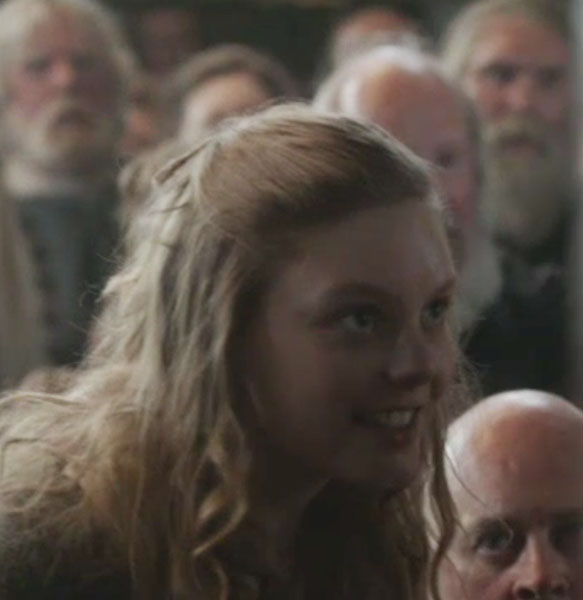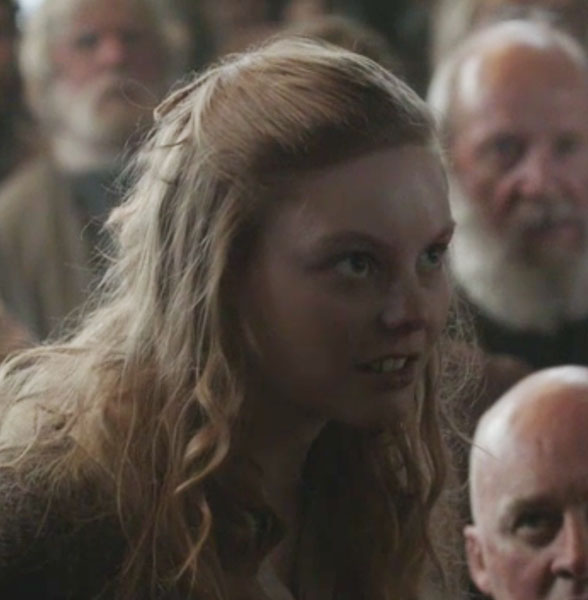Welcome, anatomy students, to Anatomy Lesson #22: The Hand. Anatomy of the human hand is daunting because it is complex. The hand is a true engineering marvel, containing four of the six classical simple machines as defined by Renaissance scientists: wedges, planes, pulleys, levers. This structural diversity makes the hand arguably the most mobile part of the entire musculoskeletal system (Photo A).
Languages include abundant references to hands so over emphasizing their importance might be a challenge. One English source on hand idioms records almost 300 common references: bird in hand, give me a hand, firm hand, hand-me-down, safe hands, helping hands, tie ones hands (shade #1 of BJR), throwing up one’s hands, wandering hands (shade #2 of BJR), wash ones hands of, lift a hand, lay hands on (shade #3 of BJR) to name but a few.
Photo A
In human anatomy, structure and function go “hand-in-hand” (another idiom): if a body part performs a particular function(s) its structure reflects that task and vice versa a body part that has a particular structure will reflect the function(s) it is designed to fulfil. There is no finer example of this axiom than the human hand.
More pertinent to our shared interest, holding hands and touching are important elements of the Outlander books and the Starz series (a.k.a. hand sex). Herself’s own words from Jamie and Claire’s wedding night (Outlander book):
Somewhat tentatively, he reached out and took my hands between his own … I felt a slight shock at the touch … “Aye. More scairt than you, I expect. That’s why I’m holdin’ your hands; to keep my own from shaking.” I didn’t believe this, but squeezed his hands tightly in appreciation. “It’s a good idea. It feels a little easier to talk while we’re touching.”
And, from Neil Diamond:
Hands, touchin’ hands
Reachin’ out, touchin’ me, touchin’ you
Sadly, this lesson must include images and analysis of Jamie’s hand after BJR adds his “aesthetic” twist. There will be a WARNING ahead of these images to give you the opportunity to skip them. They appear near the lesson’s end. Look for the warning sign before those images and the kitten when it’s safe to come out. I must also confess, that this chapter in the book and Starz episode 115 Wentworth Prison made it difficult for my usual sass to fly in this lesson. My sass is sad and worried about Jamie and Claire and ready to pull out a can of whoop ass on BJR. Here BJR, this is for YOU!
Back to the lesson at hand (haha)…Photo B of the upper limb has appeared in several prior Outlander Anatomy Lessons. But, to reiterate: the shoulder is from base of neck to shoulder joint, the arm is between shoulder and elbow joints, the forearm between elbow and wrist joints and the hand is the terminus of the upper limb. More precisely, the hand lies distal to (away from) the forearm.
Photo B
To better understand the hand, we must further consider the forearm. Remember supination? From Starz episode 107 The Wedding, we see a fine example of forearm supination (and elbow joint extension) as Dougal slices Claire’s wrist for her blood vow with Jamie. With the forearm in supination, ulna and radius are parallel, palm faces forward or up, thumb is directed away from body.
Recall pronation? Next is a great example of forearm pronation (and elbow joint flexion) as Claire removes Frank’s gold wedding band prior to marrying Jamie (Starz episode 107, The Wedding). In forearm pronation, distal radius crosses distal ulna, palm faces downward or back and thumb is directed toward the body.
Try this: To review, flex your elbow joint and alternately rotate forearm between supination and pronation. Review positions of radius, ulna and thumb in each of the two movements.
The forearm contains a whopping 20 muscles: eight in a flexor compartment and 12 in an extensor compartment! Flexor muscles lie anterior to ulna and radius and are best demonstrated with a supinated forearm. Photo C shows five muscles of the flexor compartment which arise from the medial epicondyle of humerus (red arrow). I’ll not drown you with the intricate names which reflect function and position. Suffice it to say that although the muscle bellies of the flexors lie in the forearm, they become tendons near the wrist (blue arrow) and then insert into bones of the hand and cause movement.
Photo C
Try this: Examine your wrist with palm up and see or feel various tendons: these are the flexor tendons that arise in the anterior forearm but insert on bones of wrist, thumb and fingers.
The 12 extensor muscles of the forearm lie posterior to radius and ulna and are best viewed from the back of a supinated forearm. Photo D (forearm viewed from the back) shows four extensor muscles which arise from the lateral epicondyle of humerus (red arrow). Again, naming all 12 extensors along with their actions truly would be tedious. However, the same theme repeats itself: the muscular part of the extensors lie in the forearm, they become tendons near the wrist (blue arrow) and insert into bones of wrist, thumb and fingers and cause movement.
Photo D
Try this: Examine your hand with palm down and see or feel various extensor tendons on the dorsum of hand. Next, grip your supinated forearm and make a strong fist. Now bend the wrist toward (flexion) and then away (extension) from your torso. Feel muscles of flexor and extensor compartments alternately contract and relax with wrist movement? Just doing their jobs!
Want to see an excellent example of extensor tendons (Starz episode 109, The Reckoning)? Here Claire threatens a shocked Jamie within an inch of his carotid arteries! The taut tendons (red arrows) on the dorsum of her hand belong to an extensor forearm muscle (extensor digitorum). Mmphm, she doesna even break rhythm. Jamie croaks “You have my word!” No surprise there! Erm, that’s one impressive looking dirk!
You may recognize Rembrandt’s famous 1632 painting The Anatomy Lesson of Dr. Nicholaes Tulp (Photo E – body likely a condemned criminal). As demonstrator of anatomy (a position I held for many years), Dr. Tulp was demonstrating left forearm and hand muscles to eager viewers. The painting records a real event: in that era, public dissections were not uncommon in Europe. But, did you know this fabulous work of art is anatomically questionable? Indeed, its anatomical accuracy has been debated for decades with advocates as well as detractors. One meticulous study recreated Dr. Tulp’s lesson and concluded that the work was anatomically incorrect, but posited that it was intended to be a symbolic rather than an accurate depiction of the dissection.
What is anatomically incorrect about Rembrandt’s masterpiece? Let’s reason together. The body’s right forearm is pronated but the left forearm is supinated (palm up and thumb directed away from body). Now, which humeral epicondyle gives origin to forearm flexors? If you answered medial epicondyle, congrats! But, the painting shows left forearm flexors arising from the lateral epicondyle and therein lays its major (there are minor ones too) anatomical inaccuracy! As such, the work is a valuable teaching aid for lectures and exams to promote observational skills.
Photo E
Now for the hand: in science, the term hand or manus (Latin for hand) is used to identify the termini of our upper limbs.
The front of the hand is its palmar surface (Photo F); it is fleshy because it includes intrinsic hand muscles (in a later lesson), forearm flexor tendons, blood vessels, nerves etc. Palmar skin is thick, hairless and lacks sebaceous glands (Anatomy Lesson #5 & Anatomy Lesson #6). The dermis is thrown into deep ridges which increase friction and help secure grip. Dermal ridges are also the anatomical basis for fingerprints. Compared with other skin, palm skin is lighter in color because its cells have genes inhibiting melanin production and the ability to tan (Anatomy Lesson #6).
Try this: Examine the whorls of one fingertip and realize that dermal ridges create the valleys and elevations of a finger print.
The hand back is its dorsum or dorsal surface (Photo F): this is covered with hair but the skin is thin, soft and pliable and it tans. This surface also has little flesh because it contains no intrinsic hand muscles and contains flat extensor tendons, blood vessels and nerves.
Try this: Alternately supinate and pronate (Anatomy Lesson #20) your forearm to compare and contrast palmar and dorsal skin, the presence or absence of hair and the relative thickness of the skin.
Photo F
The hand is divided into wrist (blue overlay), mid-hand (green overlay) and five digits (Photo G). Fingers can be folded individually or together over the palm allowing objects to be grasped. With the palm facing up or forward, the thumb or pollex (Latin meaning thumb) points away from the body. Also, our thumbs are opposable meaning they can be brought toward each or all fingers as in a pinch.
Photo G
An interesting tidbit about digits: in anatomy, the digits are numbered 1-5 beginning with thumb and ending with little finger (Table 1 -1st column). But, the English word “finger” includes the thumb (Table 1 -2nd column) and matches the anatomical digit number. Now in the U.S., digits are defined as thumb and four fingers (Table 1 -3rd column) meaning the 1st finger is also the 2nd digit! This can be a problem. Why? Let’s say a patient is scheduled for a digital procedure – the correct digit must be designated: do written instructions refer to a finger or a digit?
The good news: nowadays U.S. anatomists and clinicians preferentially use the digit name (Table 1- last column): thumb for 1st digit, index for 2nd, middle for 3rd, ring for 4th and little/small for 5th. This practice helps minimize medical error and most importantly, protects the patient! In this lesson, I use the digit naming system.
| ANATOMICAL DIGIT NUMBER | ENGLISH FINGER NUMBERING SYSTEM | U.S. FINGER NUMBERING SYSTEM | DIGIT NAME SYSTEM |
| 1st | 1st (thumb) | Thumb | Thumb |
| 2nd | 2nd | 1st | Index |
| 3rd | 3rd | 2nd | Middle |
| 4th | 4th | 3rd | Ring |
| 5th | 5th | 4th | Little/small |
Table 1
Try this: Starting with the thumb, assign numbers to digits and repeat using digit name.
Next, let’s consider nerves of the hand. Three large nerves innervate skin, blood vessels, muscles, ligaments, joints and bone coverings (periosteum) of the hand. Some fibers provide sensory information to the brain while others stimulate muscles to contract and glands to secrete. The three nerves of the hand are: radial, median and ulnar (Photo H).
Photo H
Palmar skin has one of the densest arrays of nerve endings in the human body and is an exquisite source of tactile info to the brain. Here, sensation in the form of pain, temperature, vibratory sense, pressure and touch is mostly provided by median (gold) and ulnar (blue) nerves (Photo I). And, yes, believe it or not sensation to the palmar surface of ring finger is split down the midline between median and ulnar nerves!
Photo I
Sensation to the dorsum of the hand is supplied mostly by radial (pink) and ulnar (blue) nerves but the median nerve (gold) supplies some fingertips (Photo J).
Photo J
Try this: Place index and middle fingers in the groove behind the medial epicondyle of one humerus (Anatomy Lesson #20) and move the fingers up and down. Feel a faint shocking sensation? Congrats! You found your ulnar nerve! Supinate the forearm and press deeply with the thumb just above the wrist. Feel the discomfort? You just found your median nerve (involved in carpal tunnel syndrome)!
Next, let’s examine the hand skeleton: each hand contains 27 bones. Together both hands contain more than 25% of the 206 bones of the entire human skeleton! This is not only amazing it also accounts for hand movements: more bones = more joints = more movements. Hand bones include (Photo K – palm faces the face): 8 carpal bones (purple) of wrist; 5 metacarpal bones (orange) of mid-hand; 14 phalanges of the digits. Finger phalanges are further named by position: proximal phalanges (green) articulate with metacarpal bones and intermediate phalanges; intermediate phalanges (blue) articulate with proximal and distal phalanges; distal phalanges (peach) articulate with intermediate phalanges. Note that the thumb has only two (proximal and distal) phalanges.
Photo K
Try this: Palpate your hand and locate all 5 groups of hand bones.
The carpus (Latin for wrist) consists of eight interlocking carpal bones arranged in two rows of four bones each (Photo L – supinated hand points away from body). The main roles of the carpus are to facilitate effective positioning of the hand, increase freedom of movement at the wrist, and form an arch (carpal tunnel) through which passes tendons and a nerve.
Carpal bones have Latin names meaning moon-shaped, boat-shaped, three-cornered, etc. They are named beginning on the thumb (metacarpal #1) side of the near row and moving to the thumb side of the far row.
Photo L: Figure0435A carpal bones KLS edited
How does one recall carpal names and positions? This is a fun and popular mnemonic used by anatomists and one designed to keep student attention: Some Lovers Try Positions That They Can’t Handle. This one is suitable for public consumption – some are not: anatomists being naughty!
| ROW NUMBER | BONE NAME | BONE NAME | BONE NAME | BONE NAME |
| Proximal Row | Some (scaphoid) | Lovers (lunate) | Try (triquetrum) | Positions (pisiform) |
| Distal Row | That (trapezium) | They (trapezoid) | Can’t (capitate) | Handle (hamate) |
The mid-hand (palm) region contains five metacarpals one for each digit and labelled #1- #5 beginning with the thumb (Photo M).
The digits contain phalanges: proximal and distal for thumb and proximal, middle and distal for each finger (Photo M). Do the math: yep, adds up to 27 bones! The hand also contains a few small sesamoid bones (red arrow) but their numbers are inconsistent and not included in the bone count.
Photo M
The number of joints in the hand is mind boggling! Here they are (Photo N):
- Intercarpal (IC) Joints: between and among the carpal bones (purple arrows).
- Carpometacarpal (CM) Joints: between distal row of carpal bones and metacarpal bones (blue arrow).
- Metacarpophalangeal joints (MP) Joints: between metacarpals and proximal phalanges (green arrow).
- Proximal interphalangeal (PIP) joints: between proximal and middle phalanges of fingers (red arrow).
- Distal interphalangeal (DIP) joints: between middle and distal phalanges of fingers (orange arrow).
- Interphalangeal (IP) Joint: Between two phalanges of thumb (black arrow).
Photo N
Try this: with your own hand, identify as many of these joints as possible.
This is a terrific example from Starz episode 107 The Wedding showing some of hand joints as Jamie reaches into his sporran to retrieve his brooch (green arrow = MP joint; red arrow = PIP joint). Murtagh just wants to spit-polish the pin. To be that pin…sigh…
An interesting and not uncommon congenital condition is the presence of supernumerary digits on hands/feet. Known as polydactyly, the additional digit(s) may or may not be functional. Photo O is an x-ray of a child’s hand with an additional normal metacarpal (red arrow) and digit (green arrow). Here, metacarpals crowd at the CM joints (blue arrow) to make room for the extra bone. Supernumerary digits may be surgically treated. The world record holder was born with 34 digits on hands and feet. Our Jamie could use another one of these for sure!
Photo O
As already noted, the hand is capable of many movements because of the numerous bones and joints. There are 16 classical hand movements although many more combos are possible. Five movements occur at the wrist (Photo P) giving it considerable flexibility: flexion, extension, radial deviation, ulnar deviation and circumduction. Contraction of forearm flexors causes wrist flexion and contraction of forearm extensors causes wrist extension. Interestingly, radial deviation (hand draws toward radius) occurs if radial extensor and radial flexor contract simultaneously. Ulnar deviation (hand draws toward ulna) occurs when ulnar extensor and ulnar flexor contract simultaneously. Circumduction (not shown) occurs as the wrist rolls in a circular motion.
Photo P
Try this: Mimic the four wrist movements as shown In Photo P. Try circumduction which is not shown.
How about examples of wrist movements from Outlander episodes? Here are two to keep you focused!
Claire has one major throwing arm! Here she extends her left wrist and elbow joint for balance (red arrow); her right wrist is also extended (blue arrow) but the same elbow joint is flexed as she launches crockery at Jamie! She’ll not let him beat her (Starz episode 109, The Reckoning) without opening up her own can of whoop ass!
Here in a steamy scene of make-up sex, Claire’s left wrist is in ulnar deviation (hand moves toward ulna – red arrow) as she gently touches the face of her warrior husband (Starz episode 109, The Reckoning). Gah! Scoop me up with a spoon…what a scene!
Next, let’s examine movements of the thumb, an extremely versatile digit. Photo Q shows 6 classic thumb movements: abduction (thumb moves 90° from palm and fingers); adduction (thumb returns to resting position); extension (thumb moves away from the fingers but remains in the same plane); flexion (thumb curls in front of the palm); opposition (thumb pinches one or all fingers). In the resting position or reposition, thumb is adjacent to palm and fingers. One last thumb movement is circumduction (not shown) wherein the thumb is rolled in a circular motion.
Photo Q
Try This: Move your thumb through all 7 movements as described above.
Thumb movements are plentiful in Starz episodes. Here is Claire using her left thumb to steady the beautiful ring placed on her right ring finger by The Big Red One (Starz episode 107, The Wedding). Her thumb IP joint (blue arrow) is flexed; MP joint (red arrow) is mostly extended.
We havena see Dougal for a while so here he executes one of his devious, seal-a-deals with Claire: if she canna free Jamie or he is dead, she will marry him (Starz episode 114, The Search). Uhhh…I dinna think Claire will marry Dougal –no way, no how – but a clever ruse to access his men for a rescue attempt.
Finally there are four finger movements: abduction wherein index, ring and little fingers move away from the middle finger (Photo R –purple arrows). By definition the middle finger abducts no matter which direction it sweeps (think windshield wiper). Adduction is returning fingers to the resting position (Photo R –green arrows). Finger abduction and adduction are carried out by intrinsic muscles of the hand which will be cover in a later lesson.
Finger flexion occurs when one or more fingers are curled toward the palm and includes some or all MP, PIP and DIP joints (Photo R –red arrows). Contraction of forearm flexors (and intrinsic hand muscles) produces these movements. Finally, finger extension (Photo R -blue arrows) occurs when one or more fingers are straightened. Contraction of forearm extensors produces these movements.
Photo R
Try this: Using the fingers, try flexion, extension, abduction and adduction.
Claire is in our sights once again as she circles Jamie (Starz episode 107, The Wedding). Her left fingers are extended and abducted; thumb is extended. Not only is this a great example of hand movement butt, oops, but, it is also…well, we all ken this hand gesture!
Finally, thumb and fingers provide various power grips the muscular force generated by the hands (Photo S). Grip is important in everyday life and for most athletic ventures.
-
- Cylindrical power grip uses thumb abduction and finger flexion to tightly grasp a rounded object.
- Spherical power grip is similar but thumb abduction and finger flexion is looser as in gripping a larger object.
- Hook power grip uses extended MP finger joints but flexed DIP and PIP joints (thumb may be flexed or abducted) as in carrying the handle of a bucket.
- Precision pinch grip is used to grasp small or delicate items.
Photo S
Jamie exhibits a hook power grip as his right hand clutches his dirk: MP joints extended, PIP and DIP joints flexed. He’s headed for Fort William with an empty gun and his own bare hands to rescue Claire from the redcoats (Starz episode 109, The Reckoning)!
Next, is a great example of precision pinch grip in which right thumb opposes right index finger as Jamie clutches his doomed petition of complaint for the Duke of Sandringham. Humm…wonder what those bloody MacDonalds are doing here…
Next is a terrifying example of a cylindrical power grip with BJR’s left thumb abducted and fingers flexed around Claire’s swanlike neck (Anatomy Lesson #12). He is hurting her and her face is sheened with tears and “the sweat of exertion” as narrated by BJR (Starz episode 115, Wentworth Prison).
Yet another example of the cylindrical power grip. Look familiar (Starz episode 108, Both Sides Now)? Remind you of anyone you know? Puir not-her-name Sally! She messed with the wrong guy…iffy spherical power-grip genes in that line.
As if we need a reminder, our beloved Jamie’s hands are nimble and elegant (Starz episode 107, The Wedding). In fact, his fingers and hands play their own characters just as Claire’s hair does (Anatomy Lesson #6) throughout the books. This was especially evident during his marriage to Claire. Here his left fingers drape gracefully over his right wrist as he utters his blood vow. His left thumb is slight abducted. His right hand executes a loose spherical grip around Claire’s right wrist and forearm. Stunning imagery!
WARNING: the time has come to examine the damage to Jamie’s hand. After the next few paragraphs, his torture will begin so skip to the kitten if you must.
Fast forward to Starz episode 115, Wentworth Prison, an episode thoughtfully rated “graphic violence”!
About midway through the episode, Jack makes an offer Jamie canna refuse: a swift and honorable death in exchange for free use of his body. But, Jamie does refuse: “I’ll not surrender to you or any man.” The foul fiend vows “I will have your surrender before you leave this world.”
Next, a great scuffle ensues given that Jamie is half starved, chained by an ankle manacle and weaponless against two men, one a minor league giant. Black Jack asks “why do you force me to hurt you?” Oh yeah, Jamie’s forcing your hand! As instructed, genius Marley slams Jamie’s left hand on the wooden table as Jack grasps the mallet (aye, he has it in a spherical power grip).
Jack smashes the mallet on Jamie’s left mid-hand followed by about three more strikes. The vulgar villain then launches a volley of totally insane queries: Why do you force me to treat you in such an abominable way? Why do you choose to spend the few hours left to you as a miserable cripple? Why do you force me to hurt you? Och, he’s a delusional devil!
Soon, Claire finds Jamie alone (from Outlander book):
“What has he done to you?” I asked … Moving with exquisite care, he used his left hand to lift the object he had been cradling. It was his right hand, almost unrecognizable as a human appendage. Grotesquely swollen, it was now a bloated bag, blotched with red and purple, the fingers dangling at crazy angles. A white shard of bone poked through the torn skin of the middle finger, and a trickle of blood stained the knuckles, puffed into shapeless dimples.”
But a minor detail, the left hand is mashed, otherwise the destruction is akin to the Outlander book’s version: swollen fingers, black and blue skin, blood, bone/tendon exposed. A heavy mallet messes with delicate hand anatomy!
Unfortunately the effing, sadistic piece of shite and his Igor return to find Claire with Jamie. An engrossing exchange ensues between the black bastard and Claire as Marley adds his own singular brand of visual horror. With a flare of desperate strength and courage, Claire shoves Marley and pushes BJR into a wall in a vain attempt to strangle him. Marley ends up dead and Claire ends up hostage.
Next arrives the pivotal moment in this entire episode: Jamie, accepting that he will die on the morrow offers himself in exchange for Claire’s life. “Let her go in safety and you can have me. I won’t struggle. You, you can do as you wish. You have my word!” His body is the only card he has left to play in this gruesome game and he uses it to ransom Claire. Diana explains (Outlander book):
Randall walked slowly…picking up the mallet as he went. He held it up, ironically questioning. “You’ll allow me a brief test of your sincerity?” “Aye.” Jamie’s voice was as steady as his hands, flat and motionless on the table. I tried to speak, to utter some protest, but my throat had dried to a sticky silence. Moving without haste, Randall… positioned the point with care and brought the mallet down, driving the nail through Jamie’s right hand into the table with four solid blows.
In the Starz episode, Jamie’s left palm faces up as Jack impales it to the table. Intentional or not and regardless of your philosophical bent, the shocking image of Jamie’s palm pierced by a nail driven into wood is the ultimate symbol of sacrifice in the Western world. And, a costly sacrifice it is.
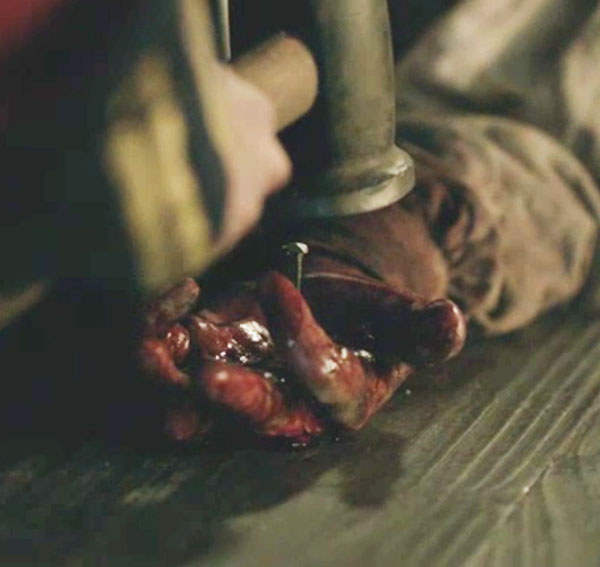

It’s safe to come out now! Had to use two kittens just to make sure…
“I love you, mo nighean donn.”
What bolsters us, is the knowledge that Claire’s loving kiss will help sustain Jamie trapped in the vortex of Jack’s dark madness.
Again, from Neil:
Warm, touchin’ warm
Reachin’ out, touchin’ me, touchin’ you
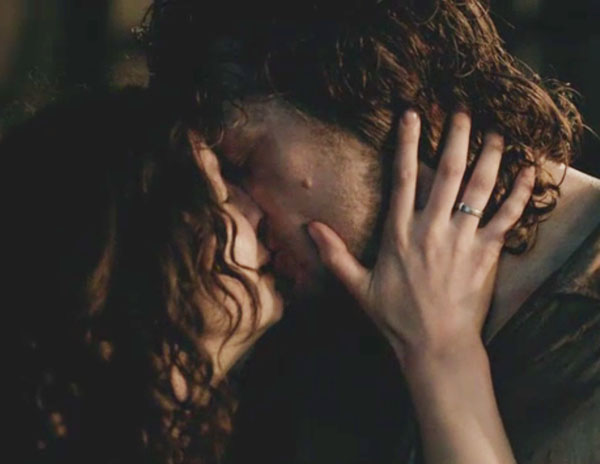
Now, a few final comments for the sake of science: take heart all! in Outlander book Claire observes that Jamie handles a fifteen pound Claymore as though it were a mere flywhisk. Jamie is a warrior, an athlete whose limbs are heavily muscled. Many studies have shown that muscular activity thickens bones; ergo, Jamie’s hand bones will tolerate more abuse than most because he is so fit and fine.
Further, will the nail wound greatly damage Jamie’s hand? Actually, not so much! In the living, nerves, tendons and larger blood vessels are slippery and will likely slide away from the nail path. But, the pain is agonizing: pain receptors of the mangled hand are already on fire from the mallet and the nailing adds fuel to that inferno. But, of the two tools, the mallet is by far the greater destroyer.
Farewell for this lesson. Let us join hands in the hope that Starz episode 116 sees Claire redeem Jamie’s hand and his soul!
The deeply grateful,
Outlander Anatomist
Follow me on:
-
- Twitter: @OutLandAnatomy
- Facebook: OutlandishAnatomyLessons
- Instagram: @outlanderanatomy
- Tumblr: @outlanderanatomy
- Youtube: Outlander Anatomy
Photo Credits Starz, Gray’s Atlas of Anatomy for Students, 2005, Netter’s Atlas of Human Anatomy, 4th ed., Clinically Oriented Anatomy, 5th ed., www.breakingmuscle.com, www.britannica.com, www.cs.cmu.edu (types of grips) , www.pinterest.com, www.physioadvisor.com.au, www.pixshark.com, www.researchgate.net, www.slice-works.com, www.the anatomist.wordpress.com (thumb movements), www.ittcs.wordpress.com (arches of hand with grip), www.wikipedia.org, www.wikiradiography.com, www.webmd.com, www.heroesandheartbreakers.com, www.englishstackexchange.com.


